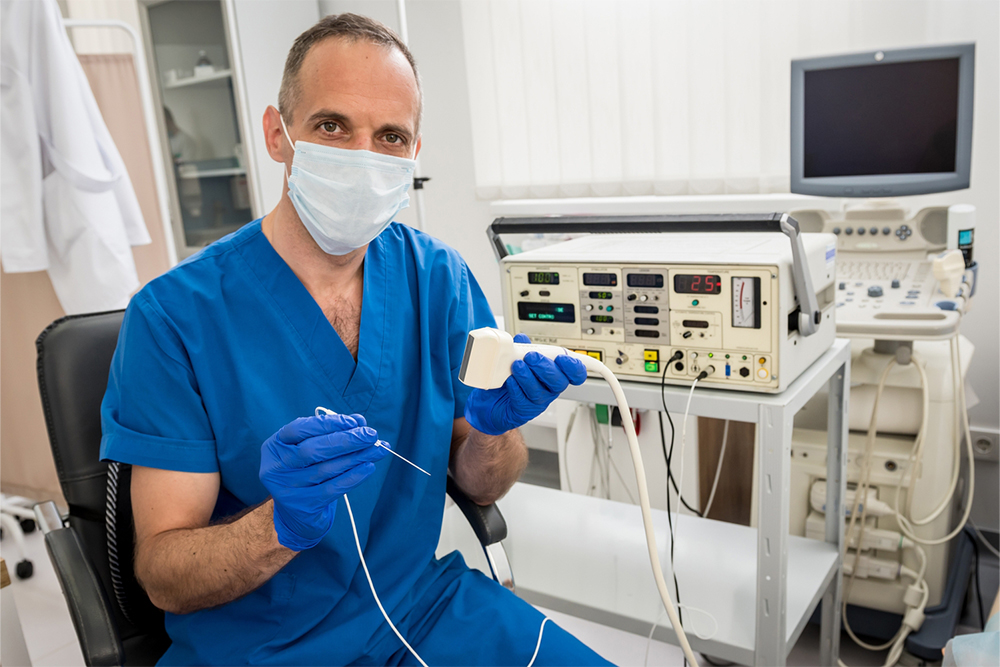Complete Guide to Cardiac Angiography
This detailed guide explains cardiac angiography, a vital imaging procedure for diagnosing vascular and heart issues. It covers the purpose, procedures, risks, and recovery steps, helping patients prepare and understand what to expect. Consulting healthcare professionals is essential for personalized advice and safe treatment planning.

Complete Guide to Cardiac Angiography
A cardiac angiography is a specialized medical imaging procedure crucial for diagnosing and treating vascular and heart conditions. This article provides an in-depth overview of what a cardiac angiogram entails, its purpose, the steps involved, potential risks, and what preparations and aftercare are necessary. Understanding this procedure can help patients approach it with confidence and clarity.
What Is a Cardiac Angiogram?
A cardiac angiogram, or coronary angiography, is an X-ray technique that visualizes blood vessels and heart chambers using a contrast dye. This process highlights arteries, veins, and heart structures, aiding in precise diagnosis and treatment planning.
Purpose of Cardiac Angiography
This procedure assists in diagnosing and managing numerous heart and vascular issues such as:
Coronary Blockages: Detecting narrowing or obstructions in coronary arteries.
Aneurysms: Identifying abnormal vessel expansion.
Peripheral Vascular Problems: Evaluating circulation issues in limbs.
Vascular Malformations: Spotting abnormal artery-vein connections.
Pulmonary Embolism: Detecting blood clots in the lungs.
The information gained often leads to interventions like stent placement or balloon angioplasty to improve blood flow.Preparation Guidelines
Preparation involves several key steps to ensure safety and accuracy:
Medical History: Share allergies, current medications, and health conditions with your doctor.
Fasting: Refrain from eating or drinking for several hours before the procedure.
Medication Review: Some medicines may need adjustment or temporary discontinuation.
Consent Process: Sign informed consent after understanding the benefits and risks.
Diagnostic Tests: Blood tests may be performed to evaluate your overall health.
The Procedure in Detail
Preparation: You lie on an X-ray table, possibly sedated for relaxation.
Catheter Insertion: The surgeon cleans and numbs a site, usually in the groin, arm, or wrist, then inserts a thin catheter.
Contrast Injection: The catheter guides contrast dye to the targeted blood vessels, making them visible on X-ray images.
Imaging: Take real-time X-ray images to identify abnormalities.
Completion: Remove the catheter, bandage the site, and apply pressure to prevent bleeding.
Potential Risks
Bleeding or bruising at the entry point
Allergic reactions to contrast dye
Risk of infection at the catheter site
Rare kidney damage from dye
Blocking blood flow due to blood clots
Always discuss these risks with your healthcare provider prior to the procedure.Recovery and Follow-up
Post-Procedure Monitoring: Observation for several hours post-op.
Hydration: Drink plenty of fluids to aid dye elimination.
Activity Restrictions: Avoid strenuous activity, especially if the groin was used.
Results Discussion: Your doctor will review findings and possible treatments.
Watch for Symptoms: Be alert for bleeding, swelling, or pain.
Cardiac angiography remains a vital diagnostic tool for heart health, enabling precise visualization and targeted intervention. Proper preparation and follow-up care can make the process smooth and effective. Always consult your healthcare professional for personalized guidance.









